Ah, the Huawei P30 series. After Samsung’s Galaxy S launch, this is definitely the next big smartphone launch of 2019, and rightfully so as the Huawei P series has grown so much in just a couple of years. It went from “a by the way” flagship handset to a genuine contender for the crown almost overnight, thanks in part to the monumental leap that was the Huawei P20 and P20 Pro.
Naturally, I was stoked to get some quality time with this high-end flagship smartphone. Considering the advancements Huawei made from the P10 to the P20, I was curious to see what they had in store for the P30. But, unfortunately, it looks like I may have set my expectations a little too high because when I left the super secret meeting room after my session, I felt…underwhelmed.
Let’s start with the specs
There are two Huawei P smartphones this year, the Huawei P30 and the Huawei P30 Pro. And if you’ve been following the devices thus far, you would probably already know what to expect.

The Huawei P30 is designed to be the smaller, less capable smartphone of the duo. But, it still comes with some respectable on-paper specs. Inside, it’s powered by the Kirin 980 processor — which is Huawei’s most capable mobile chipset right now — mated to 8GB of RAM and 128GB of internal storage.
Up front, you’ll find a 6.1-inch OLED display that pushes a Full HD+ resolution. Keeping the lights on, is a fairly sizable 3,650 mAh battery. Not massive, but certainly not tiny either.

For photography, you’re getting a triple camera setup at the back with a 40MP main camera, a 16MP ultra wide, and an 8MP telephoto camera. Up front, the device sports a 32MP selfie shooter.
If you want all the bells and whistles though, you’ll have to opt for the Huawei P30 Pro. While it does sport the same Kirin 980 processor and 8GB of RAM, the device ups the ante in terms of storage, with internal storage being bumped to either 256GB or 512GB. Both devices do support memory expansion, but it’s via Huawei’s proprietary NM cards.
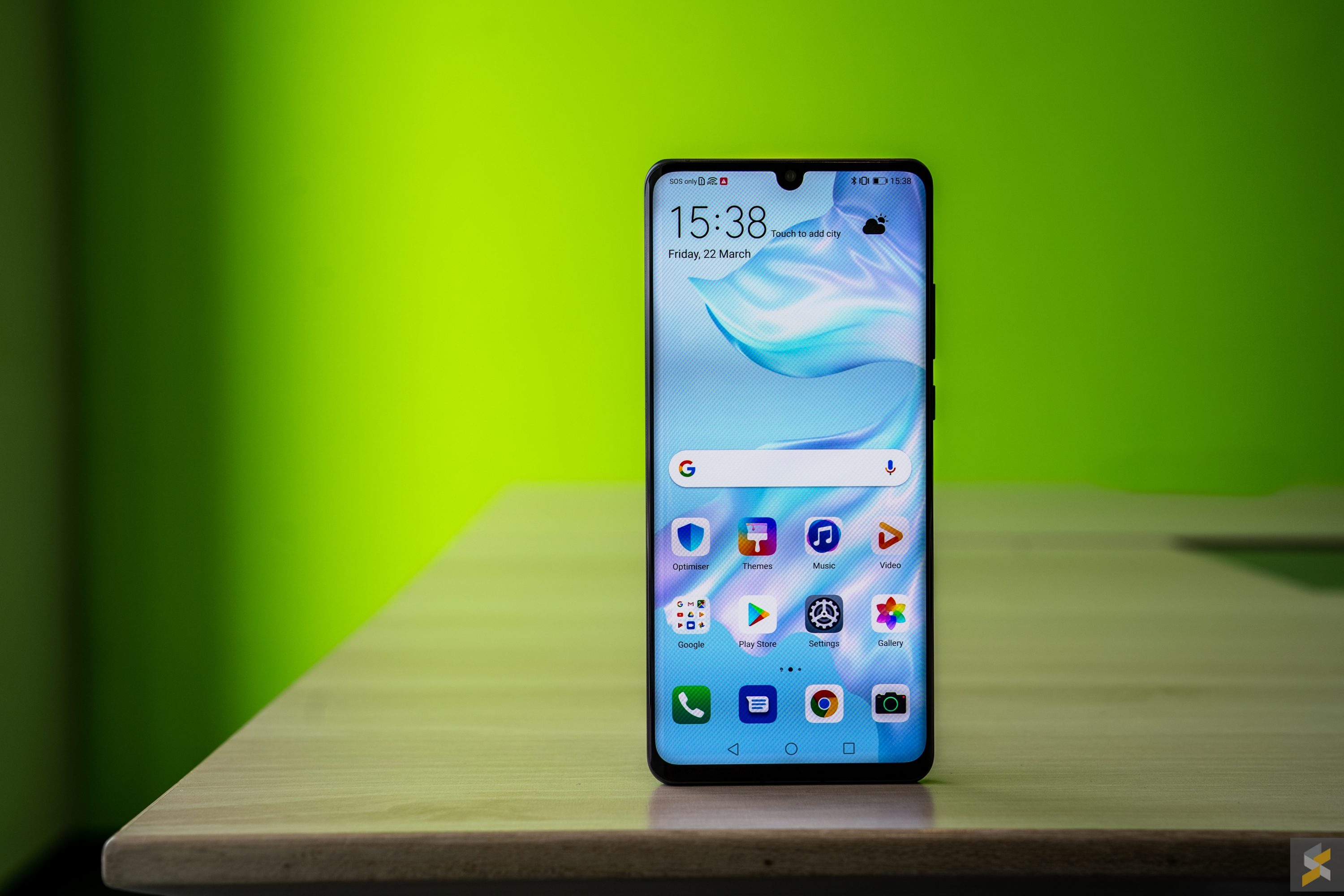
The P30 Pro also comes with a larger 6.47-inch curved OLED panel, but it pushes the same Full HD+ resolution. With this larger screen, comes a significantly larger 4,200 mAh battery.
Huawei also gave the P30 Pro a better main camera, with a quad camera array instead. You still get the 40MP main camera and an 8MP telephoto, but now the ultra-wide has a 20MP sensor instead. There’s also a Time of Flight camera at the back, which is something we’ve already seen on devices like the Honor View 20.

In addition to that, Huawei has also given both these devices a gorgeous makeover and new optical in display fingerprint scanners. Yes, the P20 series had very premium smartphone bodies, but I think the P30 takes things to the next level. I adore the more squared design aesthetic and the new white-blue colourway that I think looks even better than the Prism White on Samsung’s S10. Huawei’s really crushing it with their colour game these days.
But, y’know, a lot of these are what you’d call, expected updates. It is a flagship refresh, after all. What I was curious about was what next-level innovative new feature Huawei intended to introduce with the P30 and P30 Pro. Well, this year, that innovation comes in the form of smartphone zooming.

Shooting the moon
Now, you may remember that during MWC19, I got to spend some time with an Oppo prototype device that featured this new-fangled Periscope telephoto design that allowed for up to a 10X lossless zoom and 20X max zoom.
Well, Huawei’s taking that to the next level with the P30 Pro as that device is not only capable of 10X lossless zoom, but also a whopping 50X max zoom. Much like the Oppo prototype device, the P30 Pro also utilises a periscope design for its telephoto camera to give it more reach. And the results are pretty stunning.

Do you remember when I got to shoot a Blue concert earlier in the month with a top secret smartphone? Yeah, it was the P30 Pro, but I guess that won’t come as a surprise right now considering the amount of leaks.
I was very impressed with the zoom back then even though I was shooting in low-light, and I remain equally impressed today with the amount of clarity and detail the phone can capture at 10X zoom. However, I won’t go into detail regarding image quality because I was confined to a meeting room and had to shoot through multiple layers of thick tinted glass, but even then, the images look good.





They look distinctly Huawei so you’re getting very punchy colours and lots of detail to boot. But I also know that this isn’t a look everyone enjoys. Pushing things to max zoom, however, and image quality immediately drops. I’d say that the photos definitely look better now that there’s a lot more light, but I still wouldn’t call these “Instagram worthy” photos.
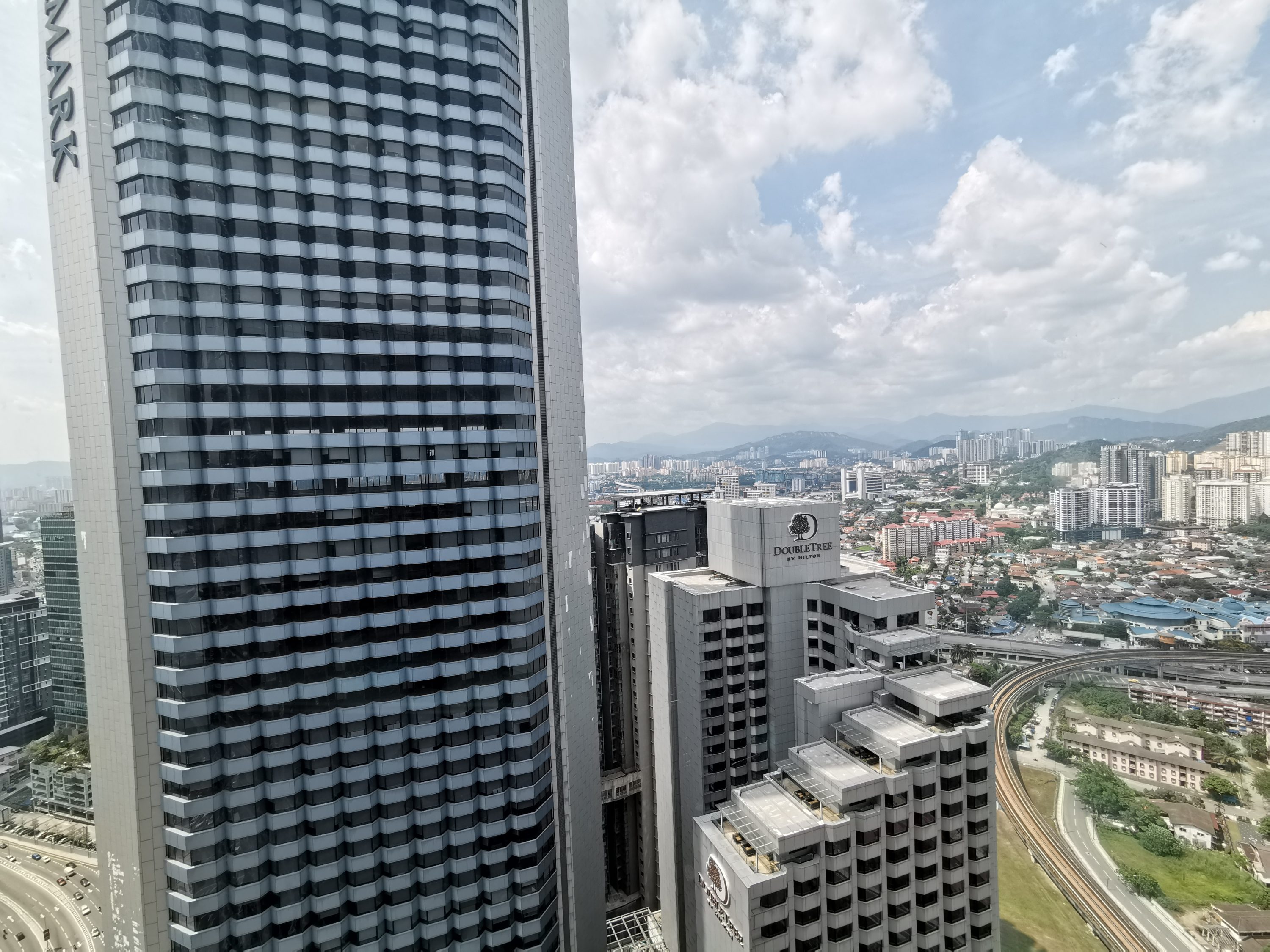


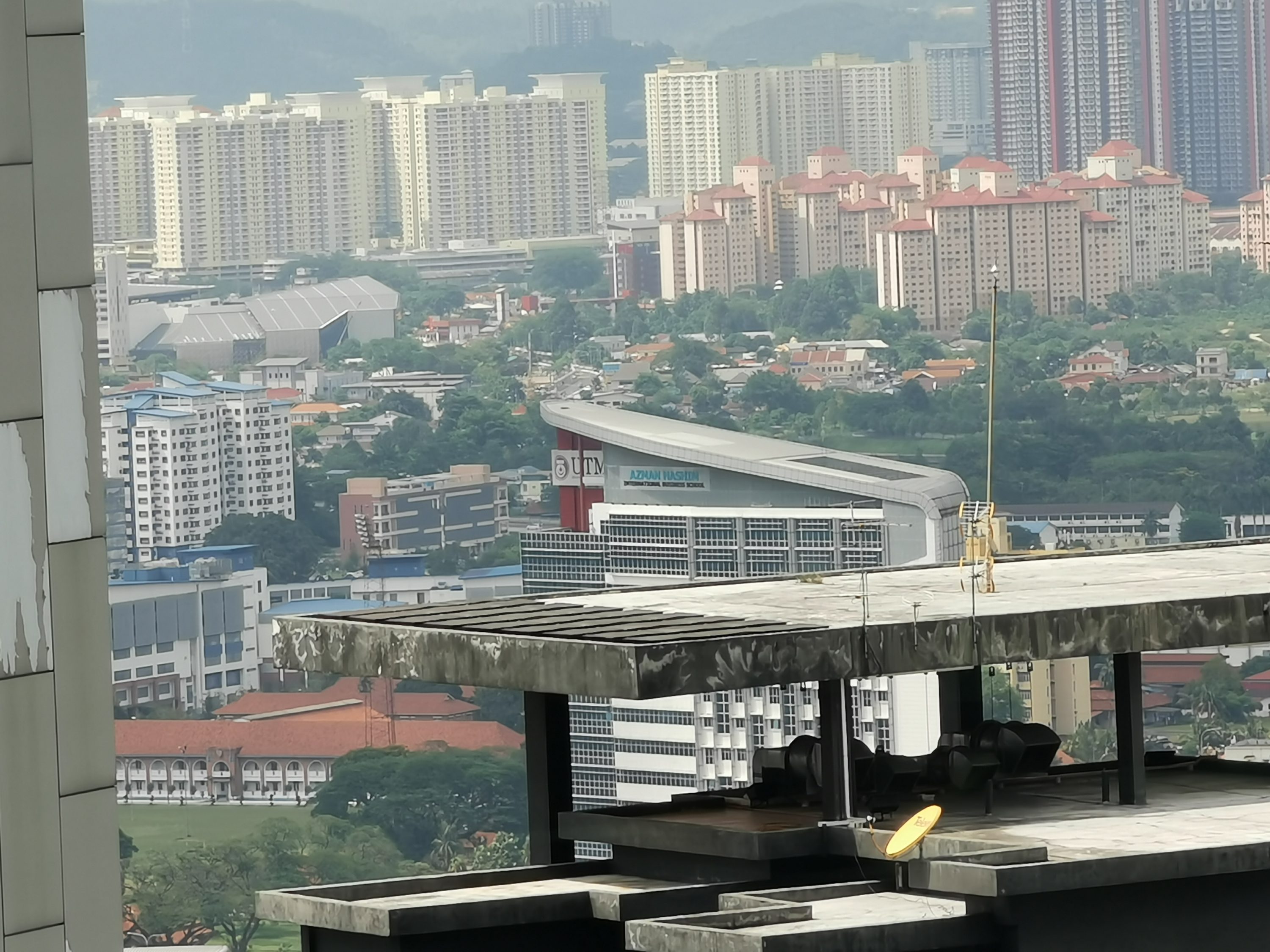

By now, you may have noticed that I’ve only been talking about the Huawei P30 Pro’s incredible zoom, and not the P30’s. That’s because the P30 doesn’t feature this new periscope telephoto camera. I mean, it’s still capable of an impressive 30X max zoom, but lossless zooming is only at 5X now, which is meh, it’s OK.
And this disparity between the P30 and P30 Pro is one of the two big issues I have with Huawei’s new flagship duo. Well, I say issues, but I think the core problem here has more to do with unmet expectations.
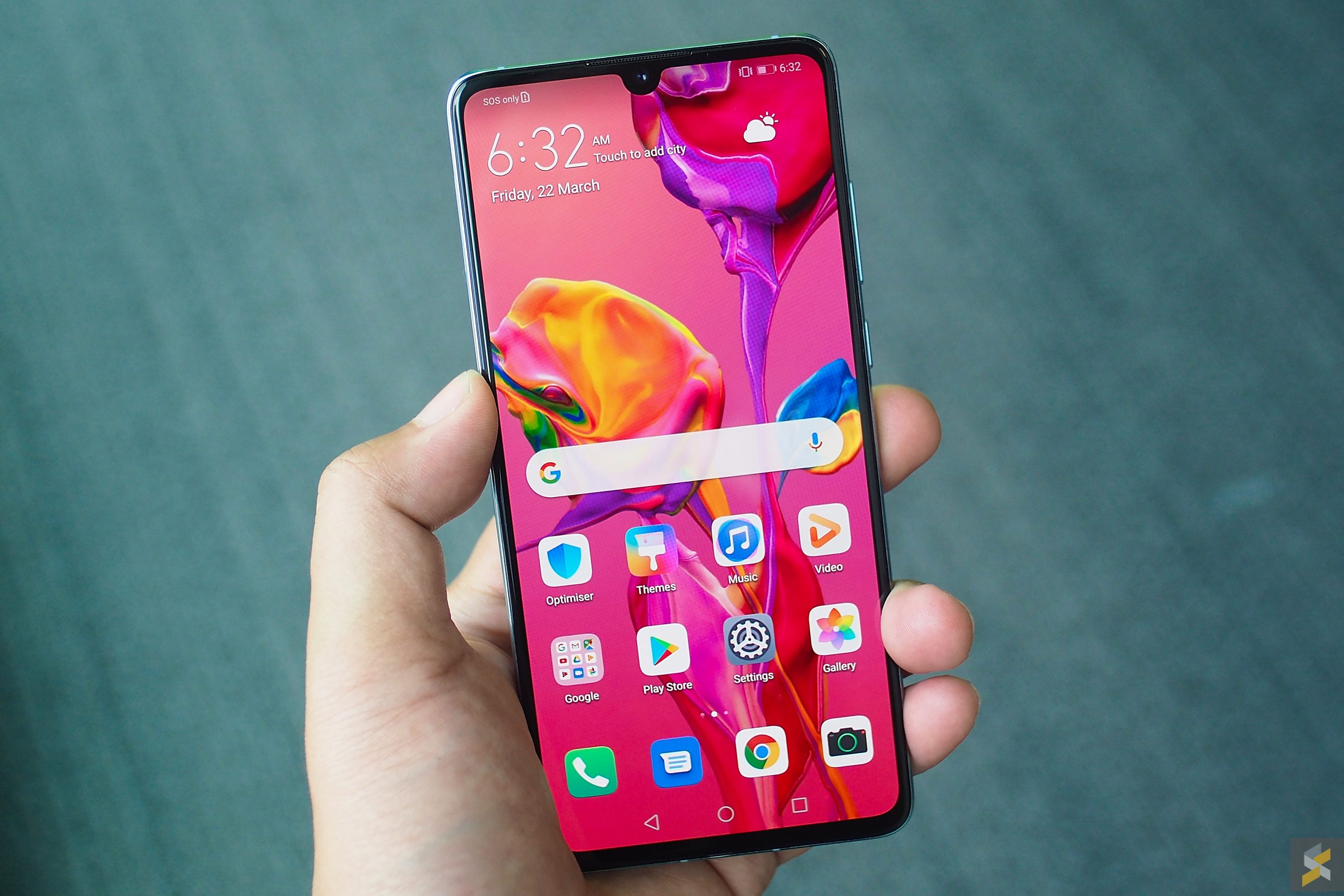
Splitting the difference
You see, it almost feels like Huawei’s punishing those who want to opt for the smaller P30 instead of the P30 Pro. Not only does the P30 get a less capable camera, it also loses IP68 water resistance, wireless charging and support for Huawei’s 40W Super Charge 2.0.

Instead you’re forced to settle for the company’s 22W Super Charge fast-charging instead. I guess the silver lining here is that the P30 has a 3.5mm headphone jack while the Pro doesn’t, but it’s a shame that the smaller device is also missing out on so many of what I’d call high-end flagship features.
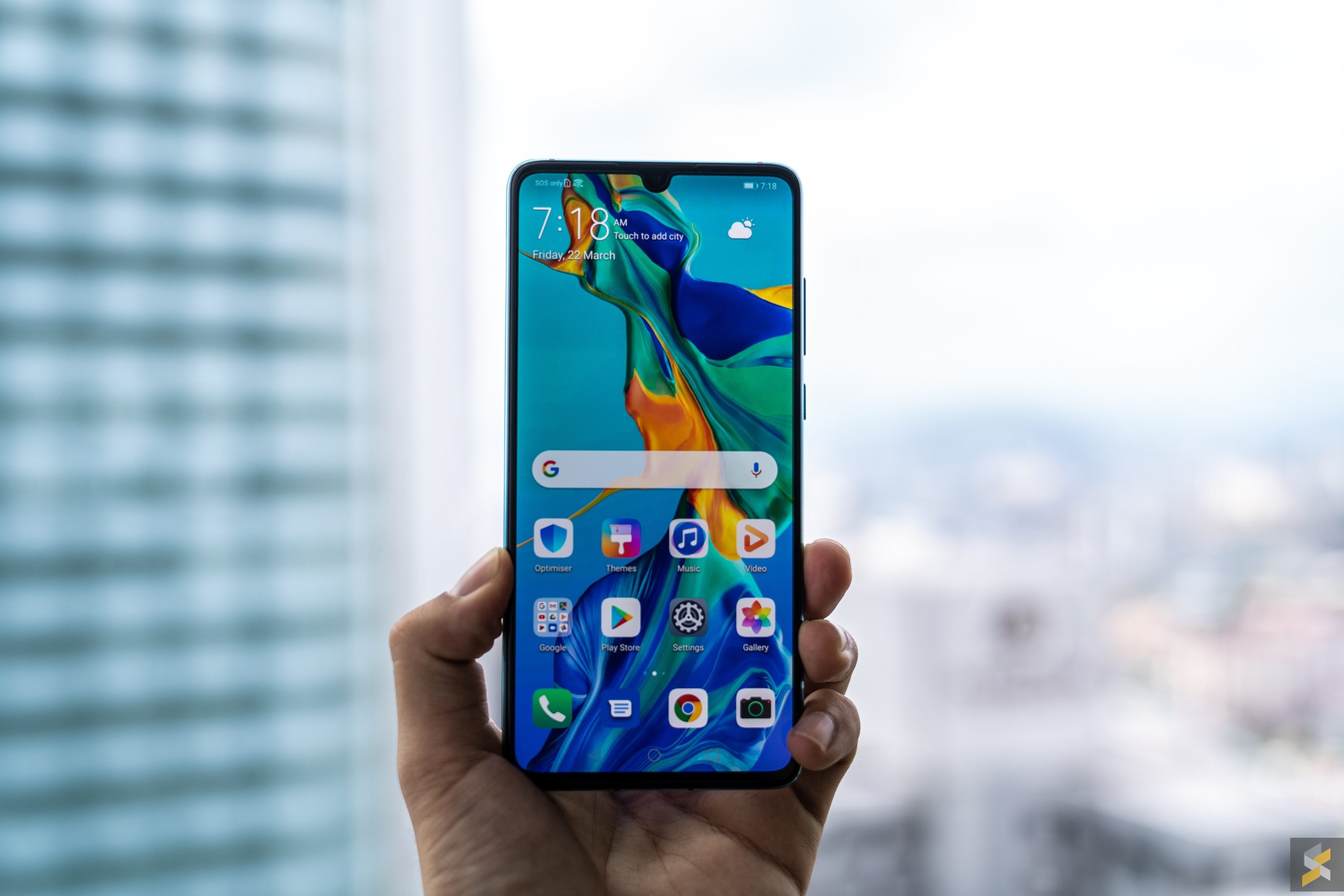
I mean, look at the Galaxy S10 and S10+, or the iPhone XS and XS Max. Yes, there are some differences, but the core experience — as well as the highlight flagship feature — is consistent across both handsets. I don’t feel like I’m short-changed just because I want the smaller smartphone. In the end I’m buying an S10 or an iPhone XS because I want the best phone your company makes — I just don’t want it to be the biggest.
If my issue was money, then I’d just get a Galaxy S10e or an iPhone XR instead.
But with the Huawei P30 and P30 Pro, I don’t feel like these will give me the same kind of experience. I mean, even the one highlight feature — which is that crazy 10X lossless zoom — is missing from the smaller handset.

A “tock” update, at best
This issue is only exacerbated by the fact that the P30 series in general feels like a pretty underwhelming update from the P20 series. It’s a “tock” update, at best, with one major feature that isn’t even available on both handsets.
In fact, if you are someone who enjoys stereo speakers on their smartphone, you might even find that the P30 Pro is a downgrade because there are no stereo speakers to be found on this new smartphone. There isn’t even an earpiece, as Huawei has opted for what I assume is a piezoelectric earpiece like on LG’s G8, only it’s worse because the G8 still has a stereo speaker setup!

Why did this happen? I mean, Huawei stuck with a notched display instead of a punch-hole — which their mid-range handset has by the way — so it can’t be because they don’t have enough space right? Even S10 with its punch hole display has stereo speakers.
OK, but here’s the thing. These are still just my first impressions after a really brief time with both handsets. Maybe after a full review, things might be a little different. But for now, I am thoroughly underwhelmed.
Don’t get me wrong, the P30 series still looks like a really solid combo, and a proper 2019 flagship. But a couple of questionable design choices and the decision on where to split the Pro and Non-Pro does leave a sour taste in my mouth.
Maybe it’s because I was expecting a lot more from the P30, after all, we are more critical of the things we want to see succeed. But this is just my opinion. What do you guys think? I’d love to hear your thoughts in the comments below.
Photography by Zachary Yoong with the Sony A7 III.







